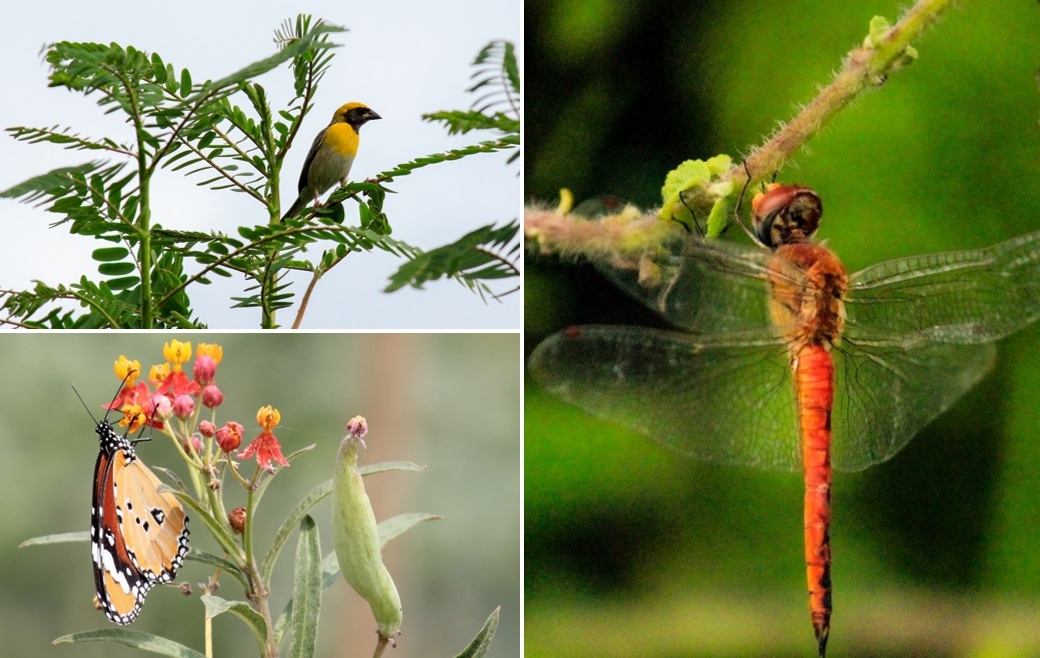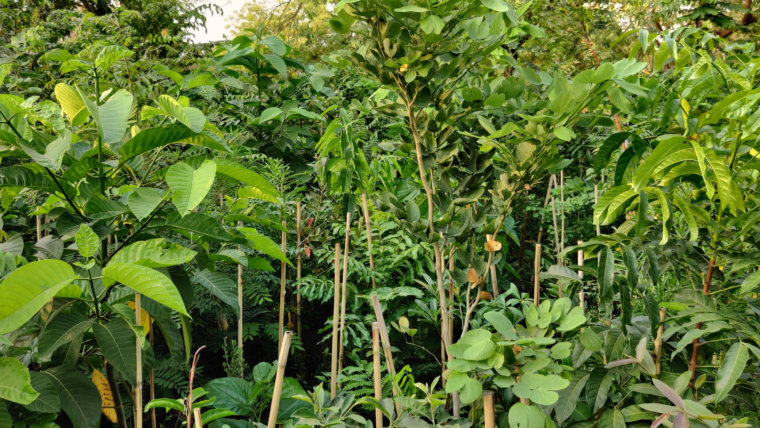Oxford University defines Habitats as “the place where a particular type of animal or plant is normally found.” When a natural habitat is unable to make its native species survive, it leads to habitat destruction which results in biodiversity loss. Urban fabric has lost a huge volume of biodiversity in last decades.
If an animal loses its naturally surviving conditions and its resources to survive, its number reduces very rapidly and it reaches to extinction. The easiest example to understand biodiversity destruction is butterflies and sparrows. In these concrete jungles, we have lost the density of trees and flowering plants. When butterflies are unable to fetch flowers to extract the nectar and host plants to lay eggs, they would surely not reside in that area. And perpetually, this will create imbalance in the ecosystem and nature’s cycle.
Biodiversity loss also leads to reduction in pollination and seed dispersion. There are many fruit plants that rely on animals, bees and birds for their pollination. If these organisms are lost, then the cycle of pollinating seeds also gets disturbed. Also the health of existing habitats is hampered as they become easy targets for pest families. Reduction in forest habitats have direct role in climate change as the capacity to absorb carbon di oxide reduces with the reducing number of forests.
India covers 2.4% of land area of world but has a large biodiversity count with almost 45000 flora species and more 89000 fauna species.
In India, 1,212 animal species are red listed by the International Union for Conservation of Nature (IUCN) out of which 148 are endangered species i.e. on the risk of extinction. As per the research, the Indo-Burma hotspot is the worst affected and has lost 95% of its vegetation area. Initially it was of 23.73 lakh sq.km and now it is 1.18 lakh sq.km. Escalating population is leading to over exploitation of the natural resources and creating a chaos in ecosystems.
It is above power of humans to control the hazards like forest fires, floods, etc. But we definitely need to understand that we have major role in provoking the occurrence of these hazards. The warning bells to climate change clearly indicate that humans can be the next endangered habitat. At this situation we have the ability to take biodiversity conservation measures to at least slow down climate change impact. There is definitely scope to plant more forests to give the habitual space to these flora and fauna. Also measures for pollution control can help us to re-establish the micro climate for better survival ratio. The species that are disappearing from the urban fabric can be brought back by thoughtful interventions. We humans, who are even trying to go on Mars have the ability to bulldoze the habitats around where ever we exist. Indeed, we need to learn to CO-EXIST with other habitats.
Article by : Ar. Nikita Sahuji



